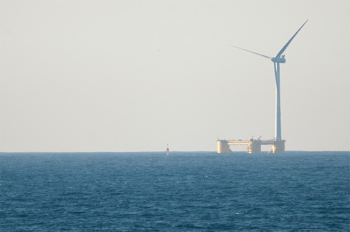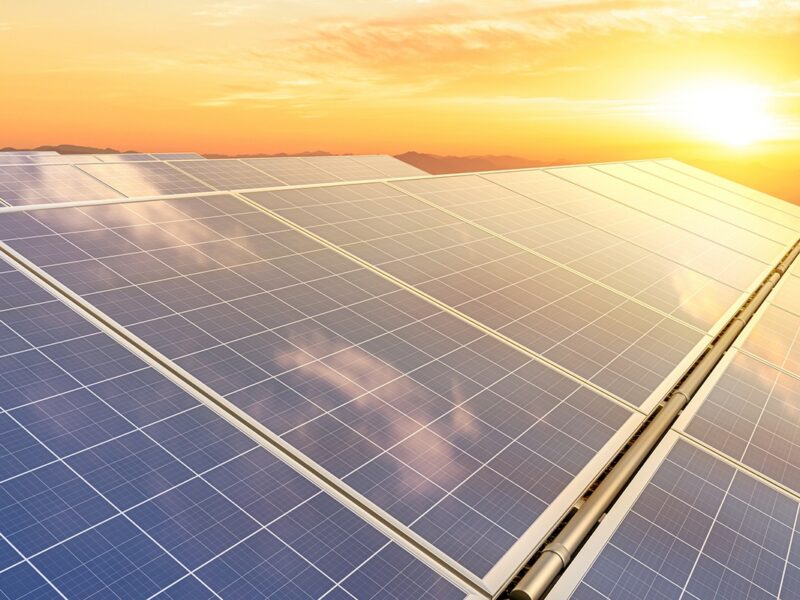Windmills On The Water: An Energy Solution For The 21st Century
 Texas leads the U.S. in energy production with a combination of oil, wind, natural gas, solar and biofuel power. The state also produces the most wind power of any state in the nation, but with a growing population, there is a demand for more resources of alternative energy.
Texas leads the U.S. in energy production with a combination of oil, wind, natural gas, solar and biofuel power. The state also produces the most wind power of any state in the nation, but with a growing population, there is a demand for more resources of alternative energy.
Constructing more cost-effective offshore wind turbines could be the answer. Typical land-based wind turbines have blades diameters exceeding the wing span of a 747 jet plane. Offshore wind turbine structures can be even larger and are rigidly attached to the sea floor. Near the coast; however, these very large structures can interfere with the ocean view.
Dr. Bert Sweetman, associate professor of Maritime Systems Engineering Texas A&M University at Galveston is investigating a new class of structural designs that enable substantial reduction in cost, with only minimal reduction in electricity generated.
Sweetman describes the engineering challenges involved constructing offshore wind turbines.
“Placing wind turbines beyond sight of land in deep water will require a different type of structure that floats on the sea surface, rather than being fixed to the ocean floor,” he said. “Ideally, these floating structures are designed to minimize motion despite wind and wave activity. Unfortunately, this conventional design is very expensive.”
Sweetman says the expense, in part, is due to stabilizing the large size of wind turbines in deep water. He says cost of these structures could be reduced substantially, if larger motions were found to be acceptable.
“The larger motions of these new structures present a myriad of design issues,” Sweetman said. “Like a spinning bicycle wheel, the gyroscopic effect of huge whirling blades makes designs of these offshore structures uniquely challenging.”
Sweetman and his team are up for the challenge. They have a 3-year, $313,000 grant from the National Science Foundation to support their efforts. With this grant, they have developed an advanced numerical model (computer tool) that can predict how much electricity a floating turbine will generate as well as how the structure reacts to wind and wave in the open ocean. This model will allow Sweetman and his team to compare the merit of one design over another in a cost-effective and efficient way.
Sweetman and his team use these numerical models combined with wind and wave data measured with offshore buoy data to calculate how much electricity is produced. These results are used to identify the most cost effective structure.
“This cost-effective wind turbine concept could begin a technical revolution,” Sweetman said. “These structures could satisfy valid concerns about excessive coastal development, while enabling economic development of wind farms in very challenging deep water offshore locations.”
Beyond improving floating wind turbines, the new mathematical models could potentially be used to improve the design of other complex mechanical systems, such as cars and airplanes. The models use less computer power than previously thought possible.
Sweetman and recent Texas A&M doctoral graduate Lei Wang created these new models; Doctoral Students Shu Dai and Ju Gao are currently using these models to investigate new designs and to develop new control systems for the turbines.
With this project, Sweetman says he and his team are creating what promises to be the next generation of safe, commercially viable, deep-water wind energy.
Sweetman and Lei Wang were featured in the March 22, American Society of Mechanical Engineers Journal article titled Floating Offshore Wind Turbine Dynamics: Large-Angle Motions in Euler-Space.





